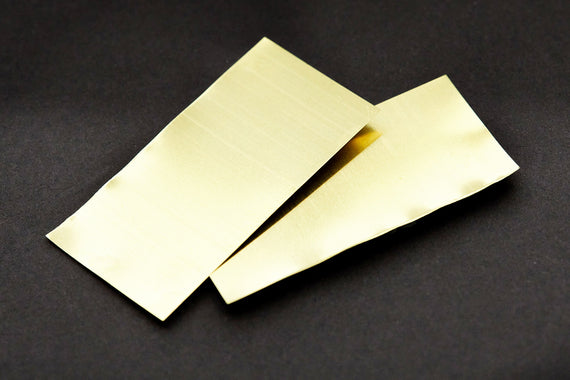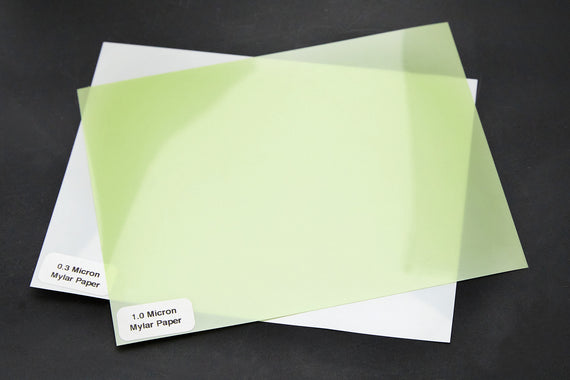Goulet Brass Sheet Tutorial
You might be asking yourself why in the world you need sheets of metal for your fountain pen, and the answer is, usually you don't. But thin Brass Sheets like the new ones we just started offering at GouletPens.com can be helpful to clear out the slit of your nib or the ink channel in your feed if you find your pen isn't flowing well as it should. The video covers:
- Why do I need it? (0:42)
- How do I use it? (3:05)
- Using it with a nib removed from the pen (4:44)
- How long will it last? (5:29)
Why do I need a brass sheet?
If you're maintaining your pens regularly like I laid out in this video, chances are you won't need brass sheet. But if you have any pen that just isn't flowing properly, there's a chance that it could be due to an obstruction in the nib or the feed. Often a liquid, like water or pen flush, can clean these out, but for the most stubborn offenders, a physical tool like this brass sheet will make sure that everything is free and clear. I use it as a practice for any new pen that I'm using personally, to make sure that any small burrs left over from the pen manufacturer in the nib slit are removed.
How do I use it?
To use a brass sheet on a nib that's installed on a pen, insert the corner of the brass into the slit of the nib on the opposite end of the tip. For most nibs, there will be a hole in the middle of the nib face where you'll insert it, but some nibs don't have a hole (like LAMY, for example). Slowly and gently drag the brass sheet towards the tip of the nib, making sure to keep the brass between the tines as you go.
Carefully insert brass sheet in between nib tines, and pull towards the tip.
Be careful not to jam the brass too far down into the nib, as you will hit the feed if you do that. Try to keep the brass pretty shallow in the nib. Once you've reached the tip, the brass will be tighter in the nib as nibs are designed to touch at the tip. Once you've pulled the brass all the way down through the slit, you are all set. You're welcome to repeat it as many times as you feel necessary. You can do this with an inked or uninked pen, but in general it's best to floss your nib during your pen cleaning process, and flush it out after flossing.
To use brass sheet in a nib that isn't installed in a pen, do the exact same method as above, but on the underside of the nib instead of on top. Flossing with brass sheet is also a good practice if you're doing any kind of nib smoothing, to remove any small metal particles from the nib.
Using brass sheet on a standalone nib is much easier, you insert the brass in from the bottom and pull towards the tip.
How long will it last?
The 1"x2" brass sheets should be enough to last you quite some time if you're careful. The brass is incredibly thin at 0.002" thick, and it is soft and can be bent fairly easily. When that happens you can use a pair of household scissors and cut a small sliver off the end to reveal a fresh new edge to your brass.
The reason the brass is so thin is so that it will easily fit between your tines without causing any pressure that would misalign the tines. Brass is the ideal material used for flossing nibs because it's softer than any other metal used for making fountain pen nibs, so it won't cause your nibs functional harm. There is a potential for the brass to scratch the surface of a nib with a colored coating on it (such as the LAMY, Edison, or Goulet Black nibs), so be careful when you're using it on nibs like these that you don't touch the brass to the nib surface.
These Goulet Brass Sheets come in a twin set of 1"x 2" sheets for under $5 and are just one of the many new nib tuning tools we've developed at Gouletpens.com.

























